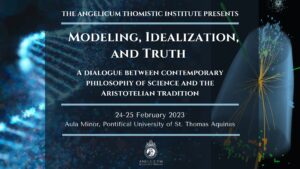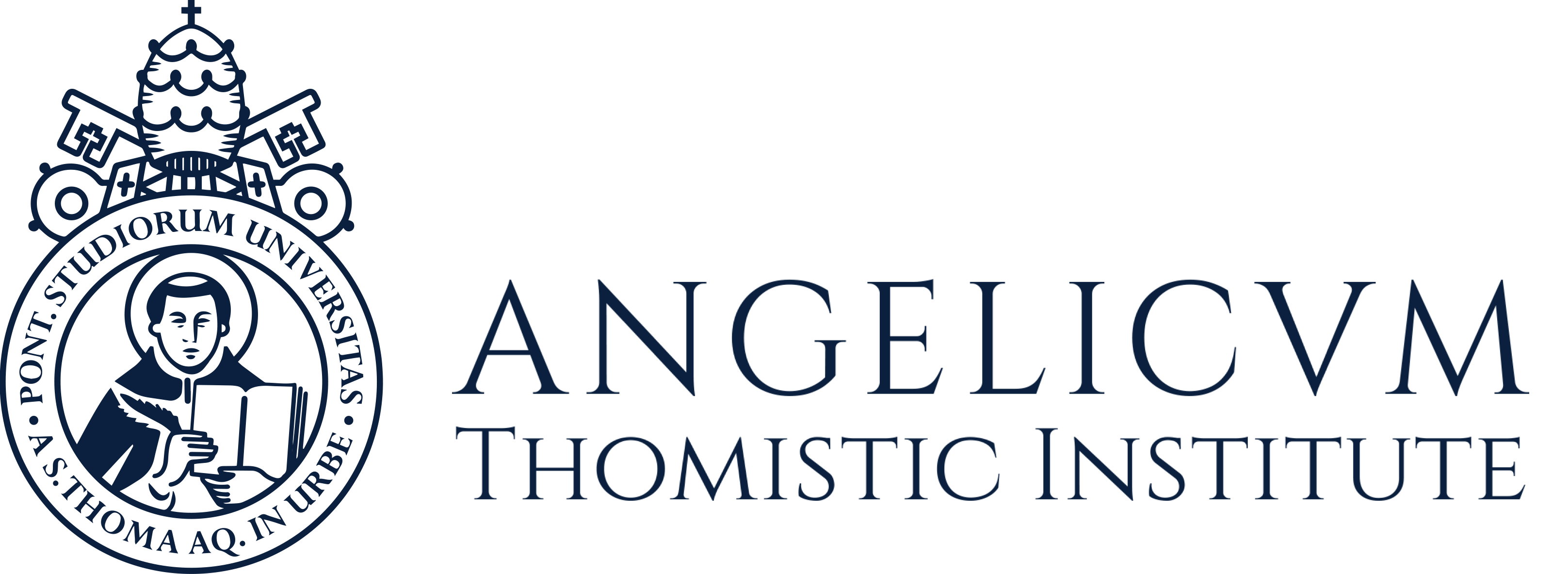Thomistic Scientific Realism and the modeling of elementary particles
Thomas Davenport, OP
Pontifical University of St. Thomas Aquinas
Aristotelian and Thomistic philosophy are considered a form of “Moderate Realism” on the question of universals, when compared to Platonic Realism and Nominalism. On the surface, they may not seem so moderate with respect to questions around “Scientific Realism” and the question of unobservable physical entities. In particular, Thomistic Moderate Realism presumes the immateriality of the intellect and that the world is made of substances composed of prime matter and substantial form, positions that most contemporary philosophers of science, Realist or Anti-realist, find problematic. In this paper, I will situate Thomistic Natural Philosophy with respect to contemporary conversations on Scientific Realism, arguing that it is not a form of naive Scientific Realism or Anti-realism but a form of sophisticated Scientific Realism, closely analogous to the “semirealism” of Anjan Chakravartty. I will further discuss how the fuller hylomorphic commitment of Thomistic Natural Philosophy can provide additional support for the success to certain kinds of modelling and idealization, with some examples drawn from particle physics.
Thomas Davenport, OP is a professor Incaritato of Philosophy at the Pontifical University of St. Thomas Aquinas (Angelicum). He a BS in Physics from the California Institute of Technology and a PhD from Stanford University studying theoretical particle physics. The focus of his scientific research was writing and testing simulations for high energy particle colliders like the LHC at CERN. After joining the Dominicans in 2010, he studied philosophy and theology in preparation for his ordination to the priesthood in 2017. He earned a PhL from the Catholic University of America in 2018 and is working towards a PhD in Philosophy at the Angelicum with a concentration on philosophy of nature and philosophy of science. He is a frequent speaker on topics related to the intersection of faith and science and a contributor to a number of projects in this area. In addition, he serves on the Board of Directors of the Society of Catholic Scientists.
Related Content







